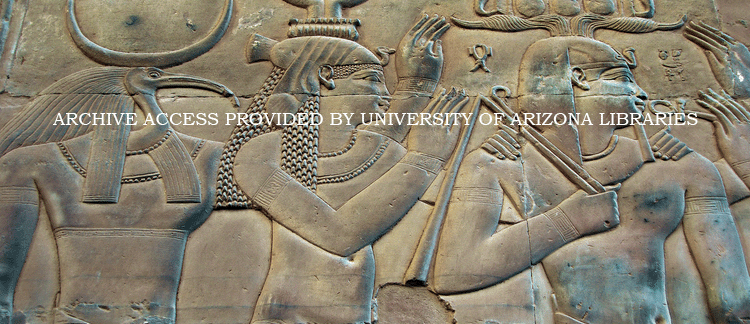Abstract
This article explores notions of traditions and materiality in the production of standing coffins during the Roman period. The coffin cover British Museum EA 55022 is carved in the shape of a standing man dressed in Greek clothing. The detailed study of this piece led to the investigation of parallels from Abusir el-Meleq, where the production of coffins appears to be extremely varied. Among more traditional coffins, the local craftsmen developed a series of coffins in the shape of shrines, seemingly meant to be standing. The British Museum cover was probably inserted in such a shrine-coffin that originally sheltered the mummy of the deceased. It is used here as a starting point to present how the manufacture of coffins could be adapted, or even reinvented, to match the changes in rites and beliefs in an Egypt in constant evolution between new influences and ancient traditions. We will see how the owners of these funerary pieces tried to show their affiliation with the new ruling powers, while craftsmen innovated, often on a regional basis, to merge these multiple traditions.
How to Cite
Vandenbeusch, M., (2019) “Coffins as Statues? The Study of Cover British Museum EA 55022 from Roman Egypt”, Journal of Ancient Egyptian Interconnections 23(1), 127-153.
789
Views
138
Downloads
